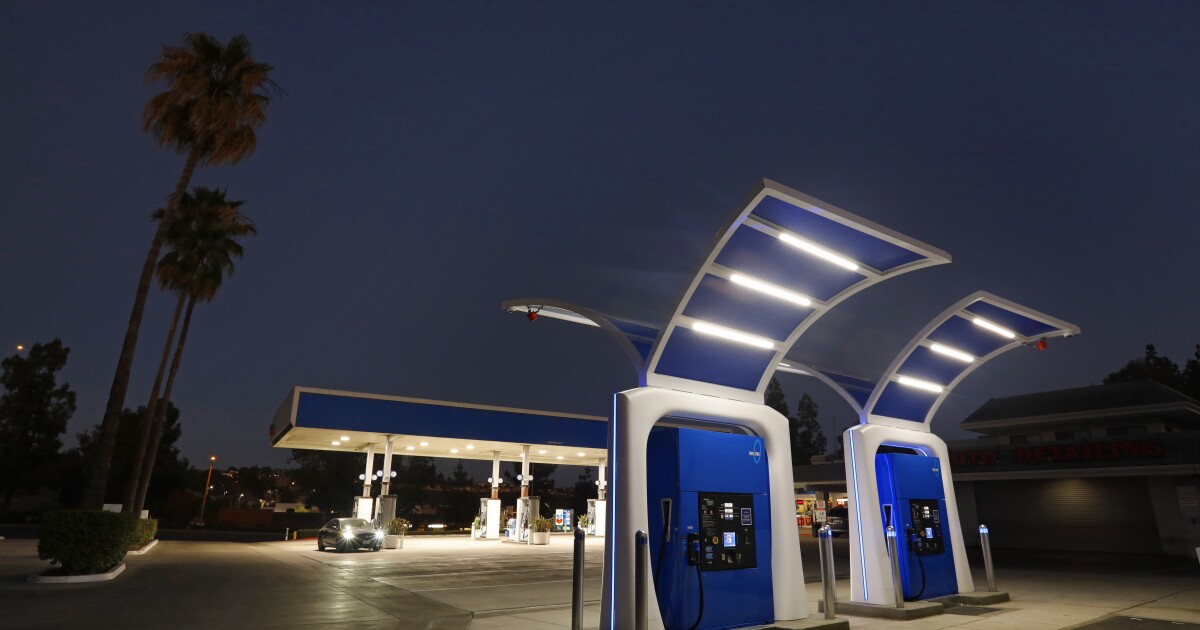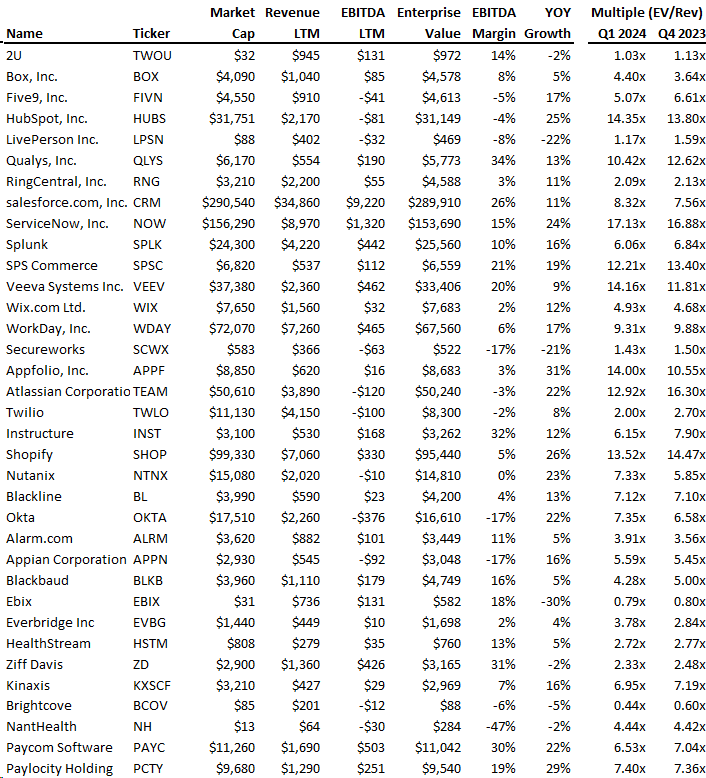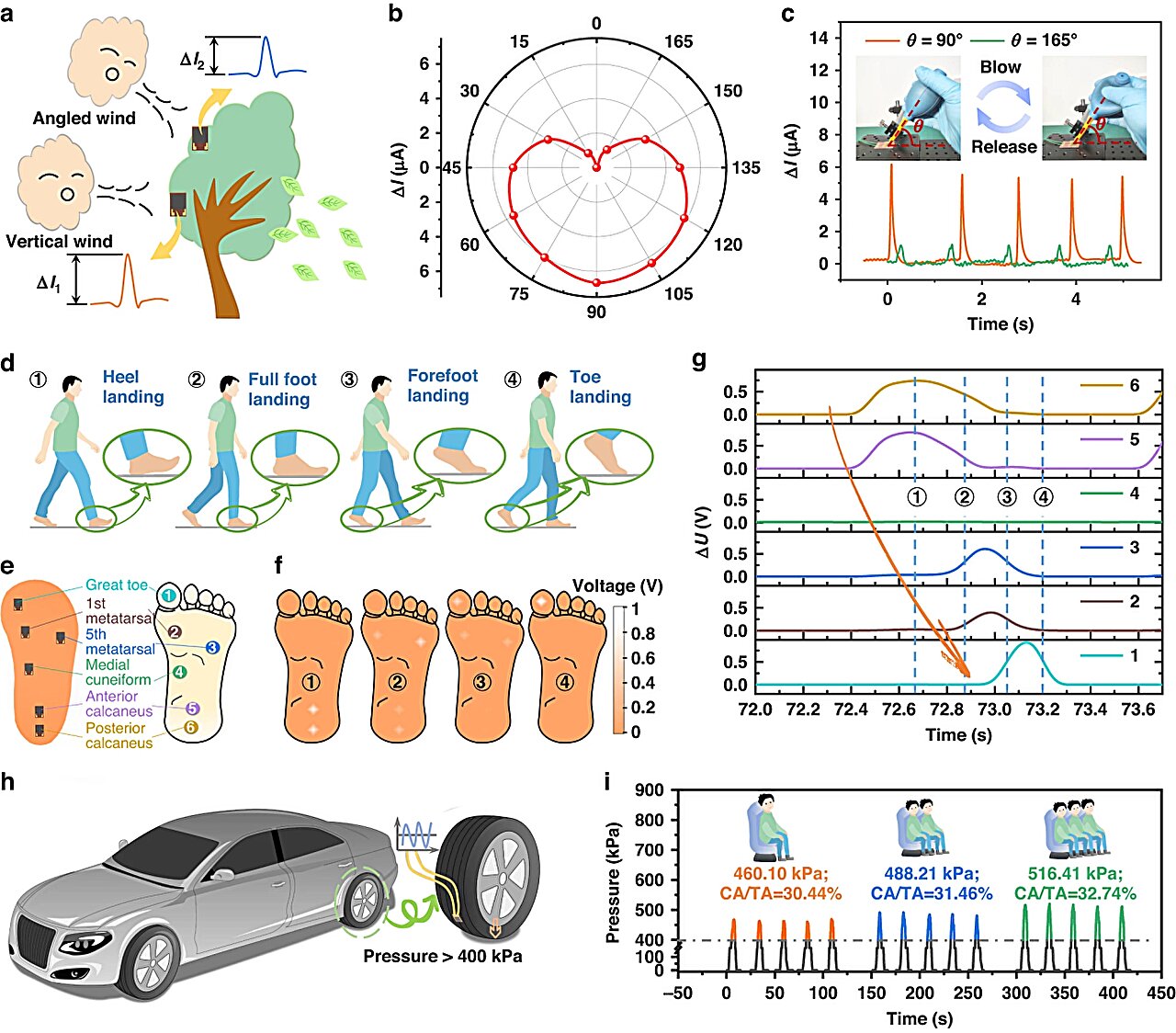
Hydrogen isn't as clean as it seems
The need to end fossil fuel reliance, and do so in the next decade or two, cannot be overstated. Pressure from society to act has risen to the level where even the fossil fuel industry itself feels compelled to endorse transition plans that at least appear to be legitimate solutions to our deepening climate crisis. Unfortunately, some of these plans are grossly misguided, with “blue hydrogen” being a particularly egregious example. Blue hydrogen is made from fossil natural gas, with carbon capture theoretically used to reduce some greenhouse gas (GHG) emissions from the process. So far it is largely just a concept, and only two facilities in the world have ever tried to produce blue hydrogen at commercial scale.
“Green” hydrogen, made from renewable electricity, seems likely to play an important role in a decarbonized future. Today, though, the vast majority of hydrogen, 95 percent, is produced from fossil fuels, mostly from fossil natural gas, and almost all of this without any effort to capture carbon. Industry calls this dirty hydrogen “grey hydrogen.” Natural gas is composed mostly of methane, and the methane in natural gas is the feedstock used to produce the grey hydrogen, converting methane to hydrogen plus carbon dioxide under high temperatures and pressures. Energy is needed to generate this heat and pressure. Natural gas is almost always used to supply this energy, since it is already being used as the feedstock. Overall, emissions of both carbon dioxide and unburned methane are 50 percent greater for grey hydrogen than simply burning natural gas for the same quantity of energy. The GHG footprint of fossil fuel-produced hydrogen is substantially larger than even that of coal.
Increasingly in recent years, the natural gas industry has started to promote the idea of blue hydrogen. At first glance it sounds promising, but do not be fooled: Blue is not the new green. The emissions from blue hydrogen are still staggeringly high. Combined total GHG emissions are still more than those from using either coal or natural gas directly for energy. And emissions of leaked methane are rife throughout the process. Pound-for-pound, methane is 86 times more powerful a GHG than is carbon dioxide over 20 years, and 25 percent of the global warming experienced by the Earth in recent decades has been driven by methane. A recent report from the United Nations Environmental Programme highlighted these facts, and called for reducing methane emissions as one of the easiest avenues open for slowing the rate of climate change. Blue hydrogen moves us in the wrong direction, increasing methane emissions.



















/cdn.vox-cdn.com/uploads/chorus_asset/file/25417835/51684715392_2615642caa_o.jpg)



